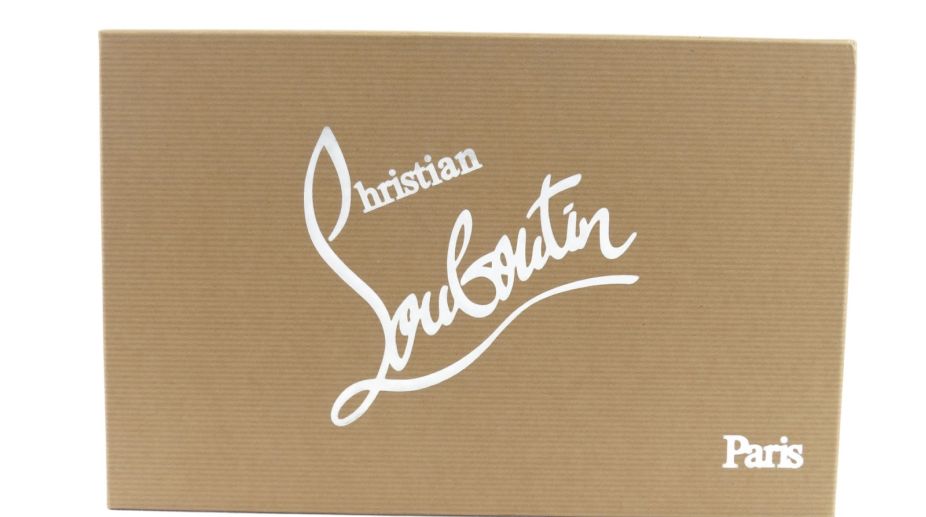Madhur Bhandarkar to be honoured at NYIFF 2025 with ‘Fashion’ screening
'Fashion' (2008) explores the dark realities behind the glamour of the fashion industry, following an aspiring model's journey through ambition, success, and downfall.
Christian Louboutin is famous for saying, on numerous occasions, that he does not want his shoes to look comfortable

christian louboutin (Photo: Facebook)
Christian Louboutin is famous for saying, on numerous occasions, that he does not want his shoes to look comfortable. Instead, the coveted redsoled stiletto heels, created by the man who is arguably the world’s best-known shoe designer, are conceived as objects of desire and fantasy.
They certainly fulfil this function when they are worn by the performers in the famed Parisian cabaret Crazy Horse, which will be taking its Forever Crazy show to Singapore, starting 11 October. Forever Crazy is a live show featuring the institution’s “best-of” acts throughout its 65 years, combining the art of burlesque with lighting and projections. Louboutin’s involvement with Crazy Horse began in 2012, when he was invited to design six pairs of bespoke shoes for each of the dancers, as well as direct a show.
Advertisement
But his ties to cabaret had been firmly knotted long before that – as a teenager, he landed his first job at the Folies Bergere, another storied Parisian nightclub, helping out backstage. And from a very early age, he had loved the glamour of the cabaret, the 53-year-old tells The Straits Times over the telephone from one of his factories just outside of Milan. “I love magic, illusion, artifice in general. The cabaret is the art of artifice.” He continues: “
Advertisement
If you have a regular life – going to work or school every day, never changing apartments – you need a part of a dream.” His gravity-defying footwear creations, then – one hesitates to refer to them as merely shoes – are the natural artworks of a man who refuses to have both feet firmly planted on the ground.
But if the Crazy Horse performers are dancing and doing high kicks in his heels, surely this attests to the comfort of his creations? “Absolutely. I totally agree,” he says. “When you create (a stiletto), you create an illusion; you create desire. I don’t say they should not be comfortable, but that they should not look comfortable.
It’s about projecting an illusion… a fantasy world.” He adds: “Sometimes shoes that look comfortable may not even be comfortable. Even the idea of comfort is an illusion, sometimes.” His own choice of off-duty footwear, he says, is “leather shoes because I have a problem with plastic. Anything made of plastic – after a while, my feet cannot breathe. In my apartment, I am barefoot.” It is pleasantly surprising to hear him say, “I also love flip-flops” – although only in the countryside or by the sea. The most “forever crazy” thing he has done, he says, is “starting a company around shoes when I had no experience”.
In 1991, after designing at Charles Jourdan, apprenticing with Roger Vivier and serving as a freelance shoe designer for Chanel and Yves Saint Laurent, Louboutin opened his first boutique in Paris in the midst of an economic recession. “Everybody was telling me it was the worst moment to start a company. It seemed like the craziest thing, but it ended up working.” Now, the boutiques around the world sell close to a million pairs of shoes a year.
He has even branched out into make-up, nail polish and accessories. “One of my favourite songs is Let’s Go Crazy,” he quips. It is “a very nice thing” to think of himself as someone who serves and supports women, he says. “I was always wondering why women were called the weaker sex. I didn’t see anything weak about women. It comes from my family – I was brought up in a sort of harem because I had three sisters, a mother who was present and a father who was working and not often present. I was surrounded by strong females all the time. That’s why I like to watch stage shows with a lot of femininity.”
In real life, judging people by their footwear is not one of his job hazards. “I never look at people’s feet first,” he says. Instead, he plays a little game with himself. “I first look at their faces, body language and what they wear, and when I speak to them, I conceive an idea of their personality. Then, I imagine what they wear on their feet. And then I look to see if I’m right.” Is he usually right? “No,” he deadpans. But does he ever get tired of thinking about feet? “No,” he says, sounding simultaneously thoughtful and slightly offended. “If I do, it will be time to do something else.”
Advertisement